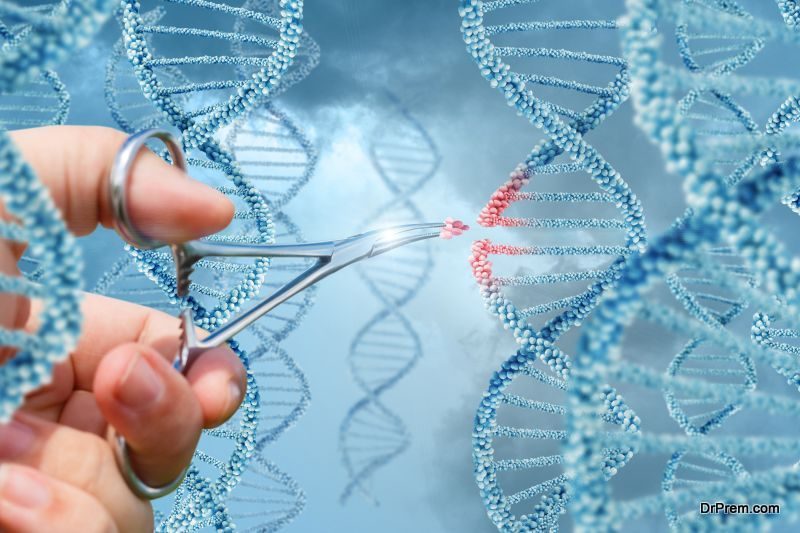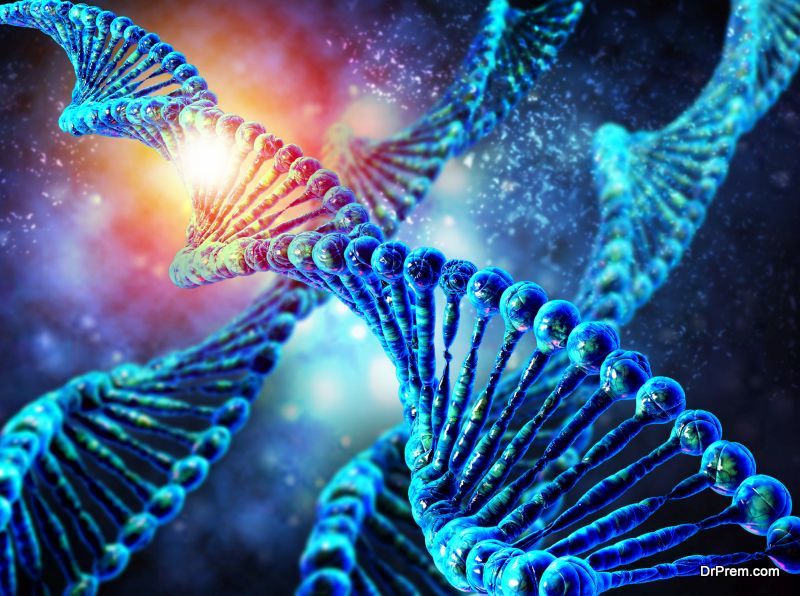Antioxidant enzymes are important elements of the aerobic cell metabolism that play a very interactive role with other molecules. In the different metabolic pathways they operate as catalysts for many reactions, which makes them critical guardians for the balance of our health.
What are antioxidant enzymes?
An enzyme is a protein with catalytic properties that operates by affecting the speed of the chemical reactions, which are part of the metabolic networks. The complex structure of these molecules is not altered during the reaction, and therefore their chemical and physical conditions remain the same after they perform their functions.
Enzymes interact with other molecules known as substrates. Substrates are complex molecules, such as saccharides and proteins, that break into more simple elements through a catalyzed reaction that involves the binding interaction of the enzyme and the substrate. Enzymes are specific to the substrate involved in the reaction that they catalyze. Therefore, changes in the conformation of these proteins or the loss of the stability of their structure can lead to many disorders.
Some enzymes are known as antioxidants. This type of enzyme plays a relevant role in the prevention of health disorders related to oxidative stress caused by the formation of free radicals.
Free radicals: a silent enemy
 A free radical is an atom or molecule that has an unpaired valence electron, making it unstable and reactive. In our cells, they are in constant search for other electrons to pair with, causing potential damage to cells, proteins, and DNA that are possible ‘providers’ of this electron. Research has shown that the formation of these free radicals is associated with the ingestion of substances such as fried food, alcohol, and pesticides, as well as the use of tobacco.
A free radical is an atom or molecule that has an unpaired valence electron, making it unstable and reactive. In our cells, they are in constant search for other electrons to pair with, causing potential damage to cells, proteins, and DNA that are possible ‘providers’ of this electron. Research has shown that the formation of these free radicals is associated with the ingestion of substances such as fried food, alcohol, and pesticides, as well as the use of tobacco.
It has been proven that low concentration of free radicals may be beneficial in some processes, such as intracellular signalling and immunity. Nevertheless, higher amounts of free radicals play a role in the aging process of our cells and are the cause of a number of human diseases, including cancer, Alzheimer disease, and atherosclerosis.
Regulation of free radicals with antioxidant enzymes
When oxidative stress arises as a consequence of a pathologic event, a defense system promotes the regulation and expression of antioxidant enzymes. The antioxidant enzymes are often synthesized to balance or deactivate free radicals before they damage cellular components. They reduce their energy or provide the free radicals with electrons so they can become stable. They may also interrupt the oxidizing chain reaction; thus, reducing the impact of free radicals in the normal cell metabolic network. This evidences that a deficiency in the concentration of antioxidant enzymes can have a serious negative impact on our health.
Methods to measure binding affinity between an enzyme and its specific substrate can reveal the misfolding of the antioxidant enzyme or a deficiency in the synthesis of this molecule. This allows laboratories to develop more effective, disease-specific, and target-directed treatments
There are no symptoms for oxidative stress, so screening and monitoring of binding affinity and stability of antioxidant enzymes seems to be one of the most useful methods for predicting diseases associated with the increase of free radicals. Today, we are more aware of the potential danger of oxidative stress and it seems there is no simple solution to the problem. Our best weapons to confront this health issue are information, a healthy diet, regular exercise, and early diagnosis.
Article Submitted By Community Writer




